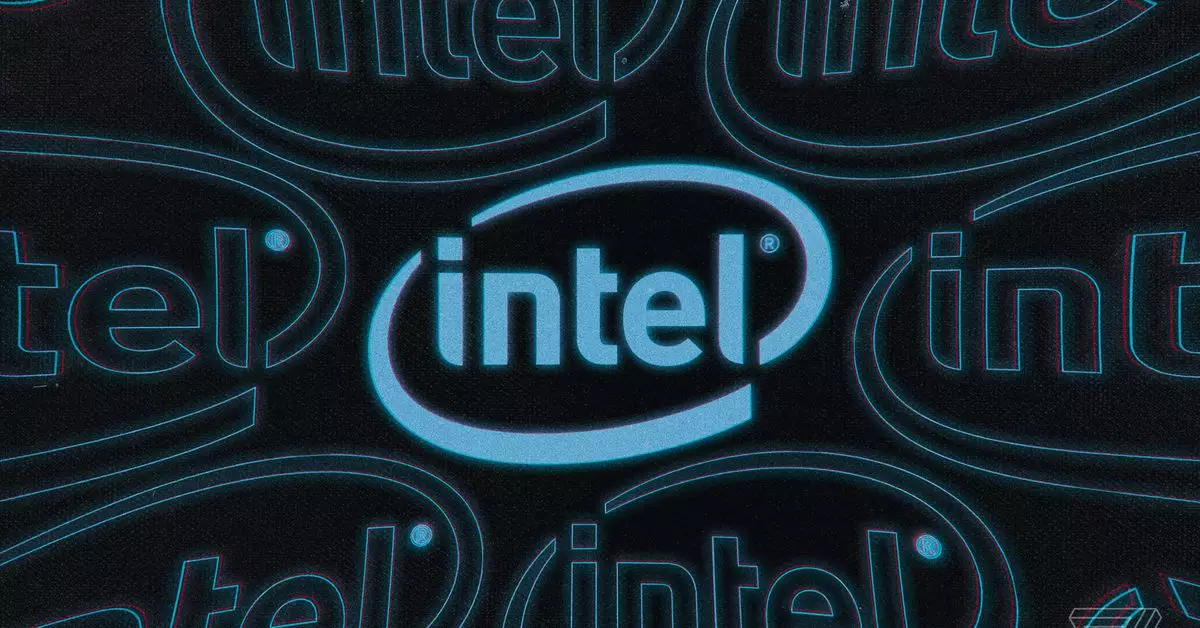In the rapidly evolving world of computer hardware, performance is paramount, especially in the gaming sector, where users expect no less than excellence. Intel’s recent release of the Arrow Lake-based Core Ultra 9 200S-series processor has raised eyebrows, primarily due to disappointing reviews surrounding its gaming capabilities. Since their introduction, expectations were high, but results have fallen short, challenging Intel’s reputation in a competitive market increasingly dominated by AMD’s offerings.
According to industry analysts and reviewers alike, Intel’s new chips have not only struggled to meet gamer demands but have also been eclipsed by previous generations such as the Raptor Lake chips. The Core Ultra 9 285K, while efficient as noted in Tom Warren’s review for The Verge, illustrates a concerning trend: a decline in gaming performance that could alienate a core segment of Intel’s consumer base. While Intel acknowledged in the past that its latest chips would likely not surpass AMD’s prominent Ryzen 9800X3D in gaming applications, the performance has been unexpectedly lackluster, leading to questions about the efficacy of Arrow Lake’s architecture.
In a recent interview, Robert Hallock, Intel’s VP and GM of client AI and technical marketing, confronted these issues directly. He emphasized that the company is acutely aware of the performance shortfalls and is investigating underlying causes that may be producing “wild unintended effects.” This admission is crucial, as it reveals a commitment from Intel to address shortcomings instead of deflecting blame to external factors. Hallock clarified that the ongoing performance struggles should not be attributed to software incompatibilities or external influences from partners like Microsoft. This forthrightness is vital for maintaining consumer trust during tumultuous times.
Intel has committed to providing a timeline for performance improvements, with expectations set for an update by late November or early December. Such transparency is encouraging; however, the tech community remains cautious. The underlying question is whether Intel can pivot quickly enough to enhance performance and regain its standing against AMD, which continues to innovate and lead in sectors where Intel falters.
As Intel navigates this challenging landscape, the stakes are undeniably high. Consumers and investors alike are eager to observe how the company will handle these performance challenges and if it can produce viable solutions that meet the gaming market’s rigorous standards. In a time when efficient and robust processors are crucial for gaming and other applications, the tech giant’s response and adaptations in the forthcoming months will be vital in shaping its future trajectory in an increasingly competitive environment.


Leave a Reply